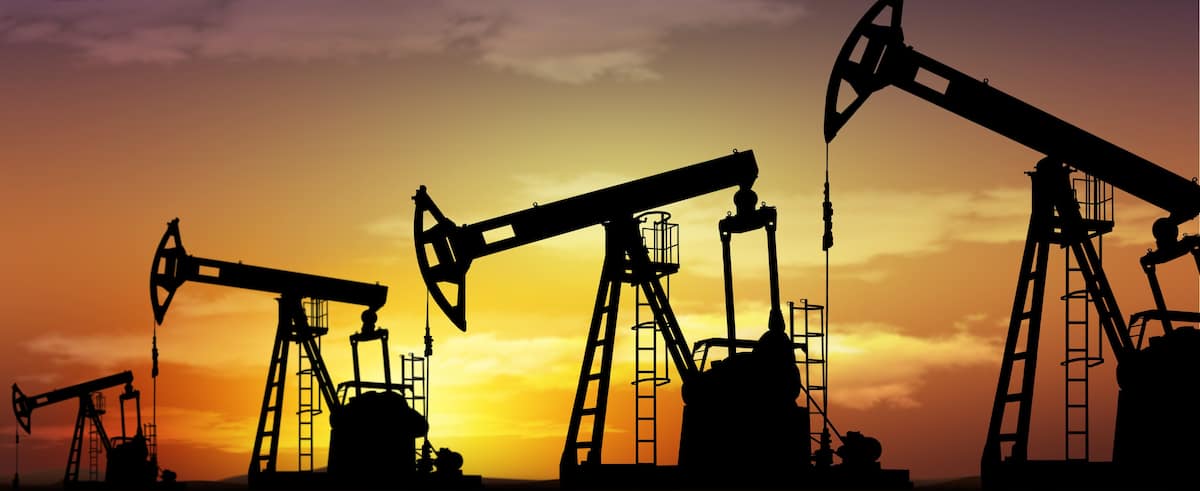LONDON | Members of the Organization of the Petroleum Exporting Countries (OPEC) and their partners, led by Saudi Arabia and Russia, meet by video conference on Monday to stop the amount of crude to be put back on the world market next month.
A follow-up committee for the group’s production reduction agreement in force, identified by the acronym JMMC and initially planned for mid-December, is on the agenda, followed by a ministerial summit at 2 p.m. GMT (9 a.m. in Quebec) .
The frequency of this meeting has accelerated under the effect of the health crisis and the damage it is inflicting on the world economy.
The aim is to adjust the supply of black gold to demand slashed by the COVID-19 pandemic and whose recovery is uncertain, with the aim of supporting crude prices.
The last round of meetings, between November 30 and December 3, had “paved the way for a gradual return of 2 million barrels per day to the market over the next few months, with participating countries standing ready to adjust these levels. depending on market conditions and developments, ”OPEC Secretary General Mohammed Barkindo recalled on Sunday during an OPEC + Joint Technical Committee (JTC), in charge of establishing recommendations for the JMMC the next day.
This strategy had resulted in a first level of 500,000 additional daily barrels in January and by a promise to meet at the beginning of the month of the thirteen members of the cartel, led by Saudi Arabia, and their ten allies, led by Russia, in order to decide on the production volume for the following month.
Stumbling blocks
This follow-up shows the cartel’s desire to keep a strong influence on the market, but also the gravity of the situation in which the producers of crude are plunged, who were satisfied before the health crisis of two summits per year at the headquarters of the organization in Vienna, Austria.
Their cutting effort, painful for the finances of the 20 countries that are subject to it (Iran, Venezuela and Libya are exempt), played its role last year by reversing the vertiginous fall in crude prices, until in negative ground for the American benchmark in April, a first in history.
The outcome of the OPEC + members’ policy also remains fairly dependent on the goodwill of two of them, Russia and Saudi Arabia, respectively second and third world producers behind the United States.
Last March, it was the disagreement between Riyadh and Moscow, leading to a short, but intense price war, which had stumbled for the first time crude prices. The climate is now calmer, with Saudi and Russian officials showing their unity in mid-December at a bipartisan meeting.
However, there are no shortage of stumbling blocks within the club, particularly regarding compliance with quotas or more or less optimistic forecasts as to the recovery in oil demand.
In its last monthly report, the cartel itself had wanted to be cautious in reducing the world’s appetite for oil in 2021. It had noted in passing “the high uncertainties, mainly with regard to the development of the COVID-19 pandemic and vaccine deployment ”, as well as the impact of the“ structural effects of COVID-19 on consumer behavior, particularly in the transport sector ”.
–


